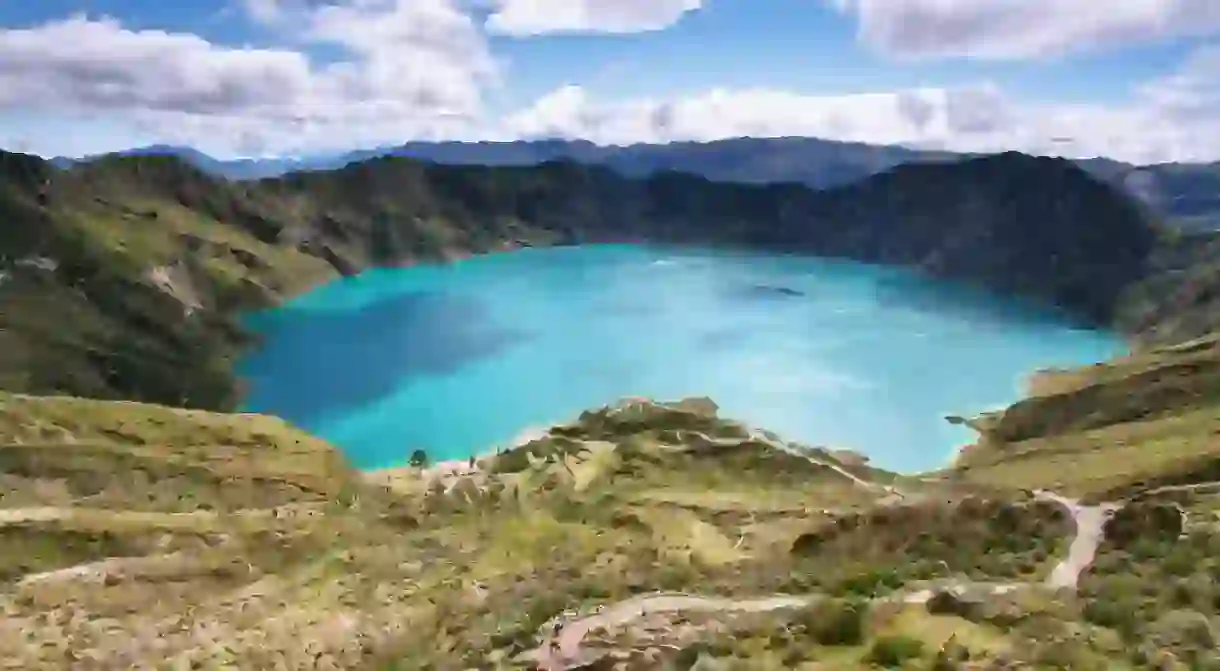The 11 Most Beautiful Towns in the Ecuadorian Andes

The Andes run down the spine of mainland Ecuador from north to south – home to beautiful towns where Spanish colonial buildings, indigenous cultures, and modern architecture give each community a unique sense of identity. Here’s our selection of the best ones to visit.
Tulcán
Architectural Landmark

Relatively few tourists venture this far north in Ecuador, right next to the Colombian border, but those who do will come across one of the country’s most intriguing sights. Tulcán is renowned for its unusual cemetery featuring over 300 elaborately trimmed cypress bushes, sculpted in all manner of shapes and patterns, including archways, animals, and people. In 2005, the cemetery was renamed after the man who founded it in 1936, Josè Maria Azael Franco.
Ibarra
Architectural Landmark
Quito
Cathedral

Sigchos
Architectural Landmark
The road leading to the tiny town of Sigchos in the Cotopaxi Province passes through some of the most alluring mountain scenery in Ecuador. The town is a pleasant place to stroll around with its central plaza, charming church and hillside statue of the Archangel Michael brandishing his sword high overhead. Sigchos is also a highly convenient starting or finishing point of the Quilotoa Loop – one of Ecuador’s most popular multi-day hiking trails, which passes by the Quilotoa volcano, known for its emerald green crater lake.
Riobamba
Farmers' Market, South American

Riobamba was one of the very first settlements established under Spanish colonial rule in Ecuador in 1534, and is the capital of the Chimborazo province. Its well-maintained old center contains one of the oldest churches in the country, the baroque-style Balbanera Church, which sits against the dramatic backdrop of the Chimborazo volcano – Ecuador’s highest peak at 6,263m (20,548ft).
Azogues
Architectural Landmark
Farmers still walk cattle from field to field using roads along the borders of Azogues, high in the Andes mountains in the Cañar province. This small city is tied not only to its agricultural roots but its Catholic ones, with plenty of attractive colonial churches dotted throughout the streets.
Cojitambo
Architectural Landmark

Both village and an Incan archaeology site, Cojitambo is a must-visit destination for ancient history buffs. The view from the timeworn ramparts of the Incan fortress looks out over the quiet streets of modern-day Cojitambo. The towering volcanic cliffs above the town are also one of Ecuador’s best rock-climbing sites.
Saraguro
Architectural Landmark
Cuenca
Church

Loja
Park, Architectural Landmark
Vilcabamba
Church, Architectural Landmark
Ecuador Trips and Tours
Architectural Landmark

Planning a trip to the tiny and mighty country of Ecuador? If you’re keen to experience as much of this list as possible, you’re best off booking a multi-day tour of the country to make the most out of your trip.













